Home>Gardening & Outdoor>Landscaping Ideas>How To Plant Karl Foerster Grass
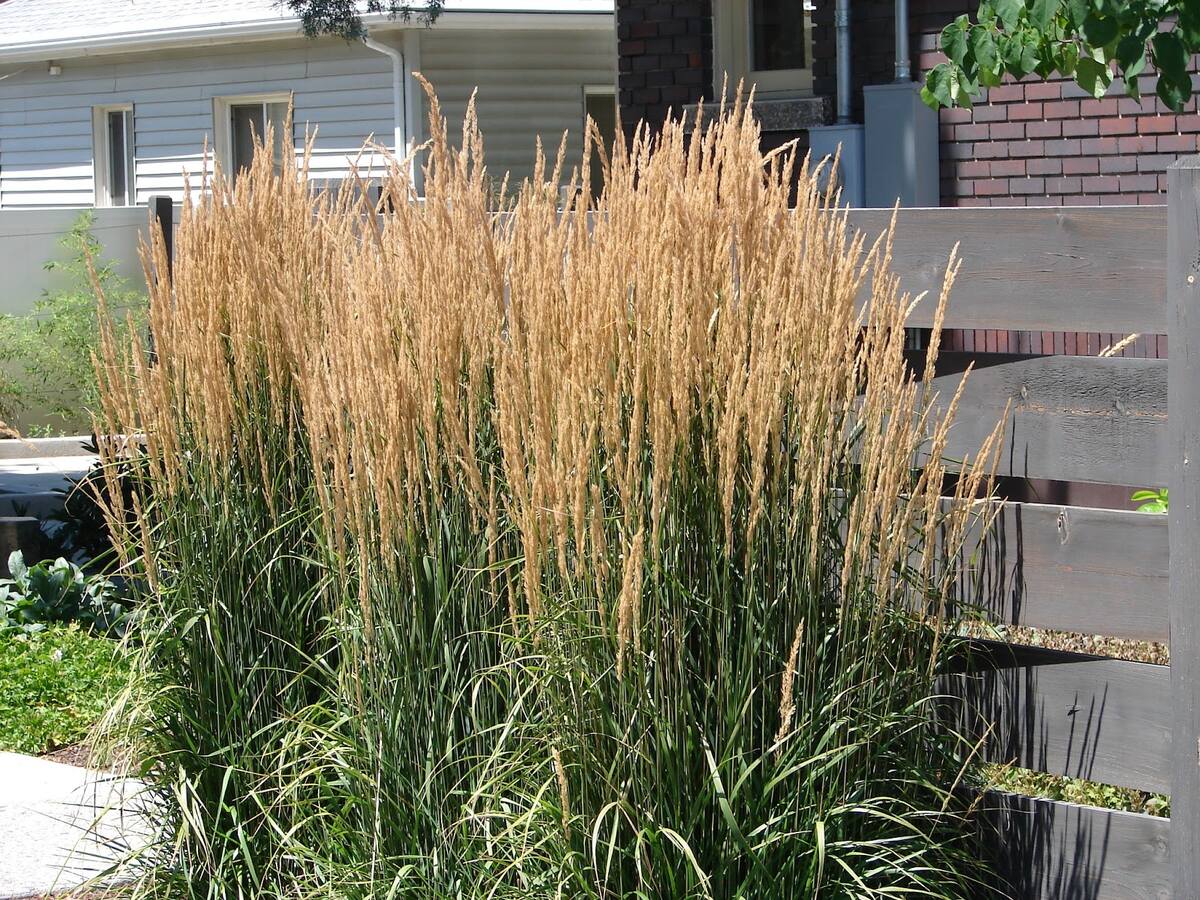

Landscaping Ideas
How To Plant Karl Foerster Grass
Modified: February 18, 2024
Learn how to plant Karl Foerster grass and enhance your landscaping with our expert tips and ideas. Create a stunning outdoor space with our landscaping ideas.
(Many of the links in this article redirect to a specific reviewed product. Your purchase of these products through affiliate links helps to generate commission for Storables.com, at no extra cost. Learn more)
Introduction
Karl Foerster grass, scientifically known as Calamagrostis x acutiflora "Karl Foerster," is a stunning perennial grass that has become a favorite among landscapers and garden enthusiasts. Its graceful, feather-like plumes and upright growth habit make it a versatile and visually striking addition to any garden or landscape. In this guide, we will explore the essential steps for successfully planting and caring for Karl Foerster grass, allowing you to enjoy the beauty and benefits of this remarkable ornamental grass in your outdoor space.
Karl Foerster grass is renowned for its low-maintenance nature, drought tolerance, and ability to thrive in various soil types and light conditions. Whether you are a seasoned gardener or a novice enthusiast, incorporating Karl Foerster grass into your landscape can elevate the aesthetic appeal of your outdoor environment while requiring minimal effort to maintain its elegant appearance.
Join us as we delve into the key considerations for selecting the ideal location, preparing the soil, planting, watering, and maintaining Karl Foerster grass. Additionally, we will discuss the process of dividing and transplanting this ornamental grass to ensure its longevity and vitality. By the end of this comprehensive guide, you will be equipped with the knowledge and confidence to cultivate and nurture Karl Foerster grass, transforming your garden into a captivating and vibrant sanctuary.
Key Takeaways:
- Karl Foerster grass is a stunning, low-maintenance ornamental grass that thrives in sunlight and well-draining soil. By choosing the right location and providing minimal upkeep, you can enjoy its enduring beauty in your garden.
- Dividing and transplanting Karl Foerster grass can rejuvenate its health and expand its presence in your outdoor space. With careful timing and post-transplant care, you can create dynamic focal points and enrich the visual appeal of your landscape.
Read more: How To Care For Karl Foerster Grass
Choosing the Right Location
When selecting the ideal location for planting Karl Foerster grass, it is crucial to consider several key factors that can influence its growth and overall appearance. This stunning ornamental grass thrives in locations that offer ample sunlight, making it essential to choose a spot in your garden or landscape that receives full to partial sunlight throughout the day. While Karl Foerster grass can tolerate partial shade, it tends to achieve its maximum height and ornamental beauty when exposed to at least six hours of direct sunlight.
Furthermore, it is important to assess the soil drainage in the chosen location. Karl Foerster grass flourishes in well-draining soil and is susceptible to root rot if planted in consistently waterlogged areas. Therefore, it is advisable to avoid low-lying or poorly drained areas when determining the placement of this ornamental grass. If your soil has poor drainage, consider amending it with organic matter or creating raised beds to ensure optimal growing conditions for Karl Foerster grass.
Another aspect to consider is the backdrop and surrounding landscape elements. The elegant, upright growth habit of Karl Foerster grass makes it an excellent choice for creating visual interest as a backdrop or focal point in a garden bed. Additionally, its feathery plumes sway gracefully in the breeze, adding movement and texture to the landscape. When choosing the location, envision how the unique characteristics of Karl Foerster grass can complement existing plantings and contribute to the overall aesthetic appeal of your outdoor space.
By carefully evaluating the light exposure, soil drainage, and aesthetic considerations, you can identify the perfect location to showcase the beauty of Karl Foerster grass in your garden or landscape. With the right placement, this versatile ornamental grass will thrive and enhance the visual allure of your outdoor environment, creating a captivating and dynamic focal point for years to come.
Preparing the Soil
Before planting Karl Foerster grass, it is essential to prepare the soil to provide an optimal growing environment for this resilient ornamental grass. Start by assessing the soil composition and structure in the chosen planting area. Karl Foerster grass thrives in well-draining soil and can tolerate a wide range of soil types, including sandy, loamy, or clay soils. However, to promote healthy growth and establishment, it is beneficial to improve the soil’s texture and fertility.
Begin the soil preparation process by removing any weeds, rocks, or debris from the planting site. This ensures that Karl Foerster grass will have ample space to develop its root system without competition from invasive plants or obstacles that could hinder its growth. Once the area is cleared, consider incorporating organic matter, such as compost or well-rotted manure, into the soil. This enriches the soil with essential nutrients, improves its structure, and enhances moisture retention, creating an ideal foundation for Karl Foerster grass to thrive.
After amending the soil with organic matter, use a garden fork or tiller to incorporate it evenly into the top layer of the soil. Aim to create a loose, friable texture that promotes root penetration and allows for adequate aeration. Additionally, consider performing a soil pH test to determine if any adjustments are necessary to achieve the optimal pH range for Karl Foerster grass, which typically thrives in slightly acidic to neutral soil conditions.
Once the soil is prepared and enriched, take the time to level the planting area and remove any large clumps or uneven patches. This creates a smooth and uniform surface for planting Karl Foerster grass, facilitating consistent growth and visual appeal. By investing effort into soil preparation, you can establish a solid foundation for this resilient ornamental grass, setting the stage for robust growth, vibrant foliage, and captivating plumes that will elevate the beauty of your garden or landscape.
Planting Karl Foerster Grass
Planting Karl Foerster grass is an exciting and rewarding endeavor that allows you to introduce the striking beauty of this ornamental grass to your garden or landscape. Whether you are incorporating container-grown specimens or dividing existing clumps, the planting process is a crucial step in establishing healthy and vigorous growth for Karl Foerster grass. Follow these essential guidelines to ensure a successful and visually captivating planting experience.
Choosing the Right Time: Selecting the optimal time for planting Karl Foerster grass is vital for its establishment and long-term vitality. Spring and early fall are the ideal seasons for planting this ornamental grass, as they provide favorable conditions for root development and acclimatization. Avoid planting during the peak of summer or the harsh cold of winter, as extreme temperatures can stress the newly installed grass and impede its ability to thrive.
Digging the Planting Holes: When preparing the planting holes for Karl Foerster grass, ensure that they are slightly wider and no deeper than the root ball or container. This allows the roots to spread and establish themselves in the surrounding soil. Space multiple plants at the recommended distance to accommodate their mature size and growth habit, fostering a cohesive and visually appealing display of Karl Foerster grass in your garden or landscape.
Planting Depth and Technique: Carefully remove the grass from its container or prepare the divisions, ensuring that each plant has a healthy root system and sufficient top growth. Place the root ball at the same level as the surrounding soil, adjusting the depth as needed to achieve the proper planting height. Gently backfill the holes with soil, tamping lightly to remove air pockets and provide stability for the newly planted grass.
Watering and Mulching: After planting Karl Foerster grass, thoroughly water the newly installed specimens to promote root establishment and reduce transplant shock. Apply a layer of organic mulch, such as shredded bark or compost, around the base of the plants to conserve moisture, suppress weed growth, and insulate the soil. This protective mulch layer also contributes to the overall health and vigor of Karl Foerster grass as it becomes established in its new environment.
By following these planting guidelines and providing attentive care during the initial stages of establishment, you can set the stage for a flourishing display of Karl Foerster grass in your garden or landscape. This elegant and resilient ornamental grass will soon grace your outdoor environment with its graceful plumes and enduring beauty, creating a captivating focal point that enriches the visual appeal of your surroundings.
Choose a sunny spot with well-drained soil to plant Karl Foerster Grass. Dig a hole twice as wide as the root ball, place the plant, and backfill with soil. Water thoroughly and mulch to retain moisture.
Watering and Maintenance
Proper watering and maintenance practices are essential for nurturing the health and vitality of Karl Foerster grass, ensuring that it thrives and maintains its ornamental appeal throughout the growing season. By implementing thoughtful watering techniques and regular maintenance routines, you can support the robust growth and enduring beauty of this remarkable ornamental grass, enhancing the visual allure of your garden or landscape.
Watering: Karl Foerster grass exhibits remarkable drought tolerance once established, making it well-suited for low-maintenance landscapes. However, during the initial stages of growth and in periods of prolonged drought, it is crucial to provide supplemental watering to support the development of its root system and maintain healthy foliage. Water newly planted grass regularly to keep the soil consistently moist but not waterlogged, allowing it to establish itself in its new environment.
Once established, Karl Foerster grass typically requires minimal watering, especially in regions with regular rainfall. However, during extended dry spells, providing deep, infrequent watering can benefit the grass by promoting deep root growth and sustaining its lush, upright foliage. Monitor soil moisture levels and adjust your watering schedule based on the specific needs of Karl Foerster grass in your local climate and growing conditions.
Maintenance: Karl Foerster grass is celebrated for its low-maintenance nature and minimal upkeep requirements, making it an excellent choice for busy gardeners and landscapes with a focus on sustainability. Regular maintenance tasks for this ornamental grass include removing spent flower stalks and dead foliage to promote a tidy and attractive appearance. Use clean, sharp pruners to trim back any discolored or damaged foliage, enhancing the overall aesthetic appeal of Karl Foerster grass.
Additionally, consider applying a balanced, slow-release fertilizer in spring to provide essential nutrients that support healthy growth and vibrant foliage. Avoid excessive fertilization, as Karl Foerster grass thrives in moderately fertile soil and can become overly lush with excessive nutrient input. By practicing mindful maintenance and providing occasional fertilization, you can sustain the vigor and visual appeal of this resilient ornamental grass throughout the growing season.
By adhering to thoughtful watering practices and implementing minimal maintenance routines, you can cultivate a thriving and visually captivating display of Karl Foerster grass in your garden or landscape. This elegant and resilient ornamental grass will continue to grace your outdoor environment with its enduring beauty, requiring minimal effort to maintain its graceful presence and enrich the aesthetic charm of your surroundings.
Read more: How Fast Does Karl Foerster Grass Grow
Dividing and Transplanting Karl Foerster Grass
Dividing and transplanting Karl Foerster grass is a beneficial practice that rejuvenates established clumps, promotes vigorous growth, and allows you to expand the presence of this captivating ornamental grass in your garden or landscape. By dividing mature grass clumps and transplanting the divisions to new locations, you can revitalize the health and visual appeal of Karl Foerster grass while creating additional focal points within your outdoor environment. Follow these essential guidelines to successfully divide and transplant Karl Foerster grass, ensuring its continued vitality and aesthetic impact.
Timing and Preparation: The optimal time to divide Karl Foerster grass is during the early spring, just as new growth emerges, or in the early fall before the onset of winter dormancy. Start by preparing the selected transplanting sites in advance, ensuring that the new locations offer suitable growing conditions, including adequate sunlight, well-draining soil, and ample space for the divided clumps to thrive and expand.
Dividing the Clumps: Carefully dig up the mature Karl Foerster grass clumps, taking care to preserve the root system and minimize damage to the foliage. Use a sharp garden spade or shovel to divide the clumps into manageable sections, ensuring that each division contains a healthy portion of roots and top growth. Aim to create divisions that are proportionate in size and have the potential to establish themselves in their new planting locations.
Transplanting Technique: Plant the divided clumps at the same depth as they were previously growing, ensuring that the root systems are adequately covered with soil. Water the transplants thoroughly after planting to promote root establishment and reduce transplant shock. Apply a layer of organic mulch around the base of the transplants to conserve moisture and provide insulation, supporting their adaptation to the new growing environment.
Post-Transplant Care: After transplanting, monitor the newly established divisions for signs of stress and adjust your watering frequency to support their acclimatization. While Karl Foerster grass is resilient and adaptable, providing attentive care during the post-transplant phase can enhance the success rate of the divisions and promote robust growth in their new locations.
By incorporating the practice of dividing and transplanting Karl Foerster grass into your landscape maintenance routine, you can rejuvenate existing plantings, expand the presence of this elegant ornamental grass, and create dynamic focal points within your outdoor environment. With careful planning and attentive care, the process of dividing and transplanting Karl Foerster grass can contribute to the enduring beauty and visual impact of this remarkable ornamental grass in your garden or landscape.
Conclusion
In conclusion, Karl Foerster grass stands as a testament to the enduring allure and remarkable resilience of ornamental grasses, offering a wealth of aesthetic and practical benefits for gardeners and landscapers alike. Its graceful, feathery plumes, upright growth habit, and low-maintenance nature make it a valuable addition to diverse outdoor environments, from formal gardens to naturalistic landscapes. By following the essential steps for selecting the right location, preparing the soil, planting, and providing thoughtful care, you can cultivate a captivating display of Karl Foerster grass that enriches the visual appeal of your surroundings.
Choosing the ideal location that offers ample sunlight, well-draining soil, and complementary surroundings sets the stage for the successful growth and development of Karl Foerster grass. Through careful soil preparation and attentive planting techniques, you can establish a nurturing environment that supports the establishment and long-term vitality of this resilient ornamental grass.
Furthermore, adopting mindful watering practices and minimal maintenance routines sustains the health and enduring beauty of Karl Foerster grass, allowing it to thrive with minimal intervention. By providing supplemental watering during the initial stages of growth and occasional maintenance to promote tidiness and vigor, you can enjoy the captivating presence of Karl Foerster grass throughout the growing season.
Additionally, the practice of dividing and transplanting Karl Foerster grass offers an opportunity to rejuvenate established clumps, expand its presence, and create dynamic focal points within your outdoor environment. By following the recommended guidelines for dividing and transplanting, you can revitalize the health and visual impact of this remarkable ornamental grass, contributing to a dynamic and ever-evolving landscape.
Ultimately, the enduring beauty and versatility of Karl Foerster grass make it a valuable asset for enhancing the aesthetic appeal of gardens, landscapes, and outdoor spaces. Its graceful presence, low-maintenance requirements, and adaptability to various growing conditions position it as a cherished ornamental grass that enriches the outdoor experience for gardeners and admirers alike. By embracing the guidance provided in this comprehensive guide, you can cultivate a thriving and visually captivating display of Karl Foerster grass, transforming your outdoor environment into a vibrant and enchanting sanctuary.
Frequently Asked Questions about How To Plant Karl Foerster Grass
Was this page helpful?
At Storables.com, we guarantee accurate and reliable information. Our content, validated by Expert Board Contributors, is crafted following stringent Editorial Policies. We're committed to providing you with well-researched, expert-backed insights for all your informational needs.
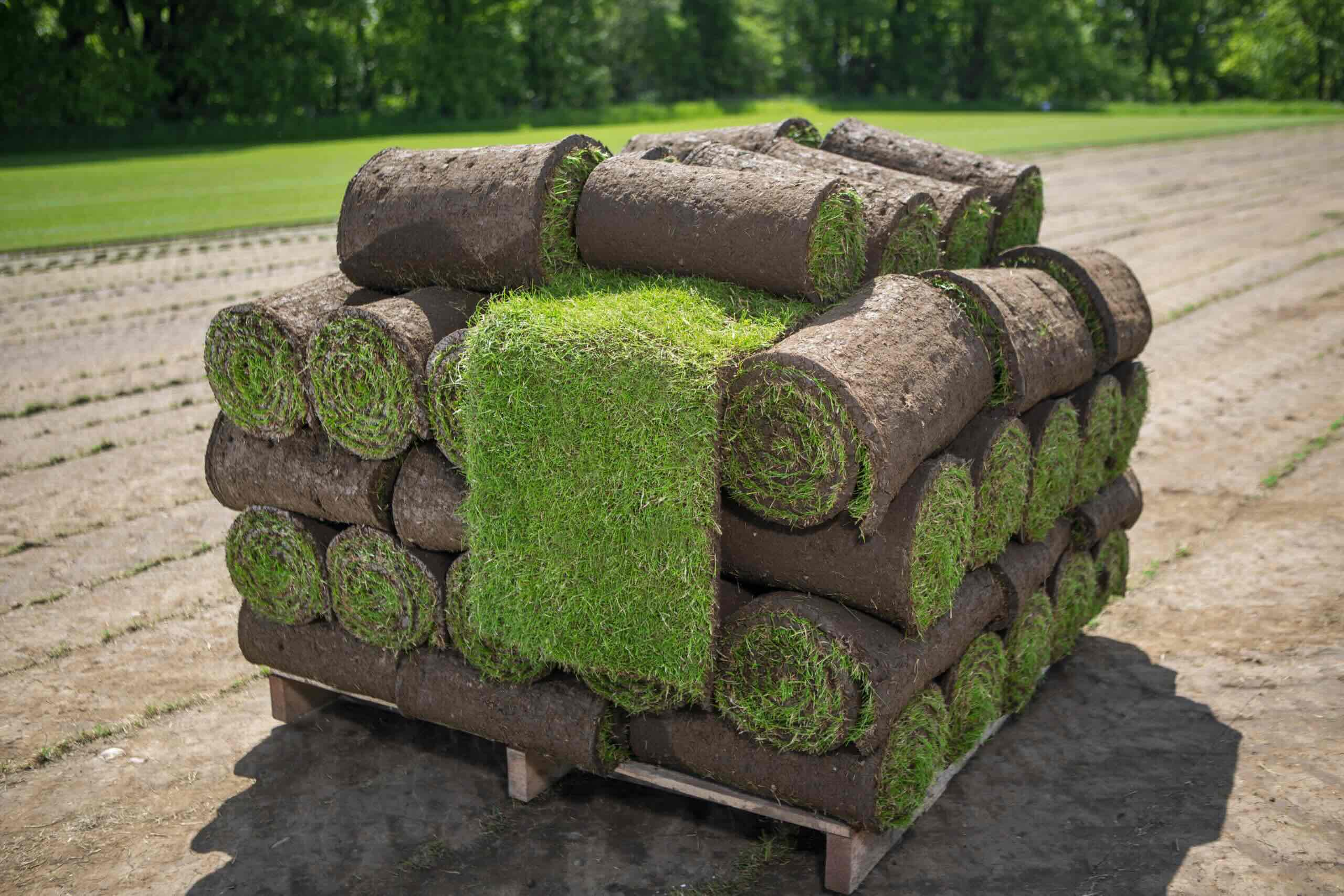
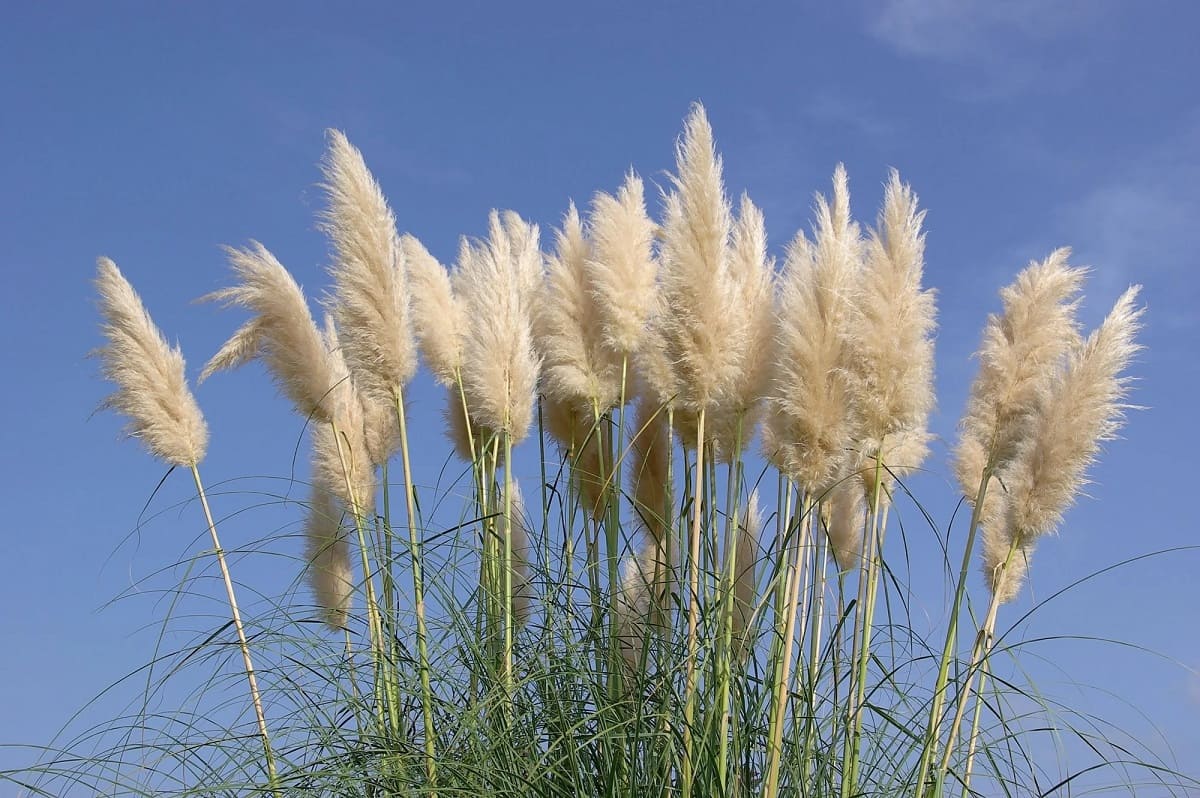
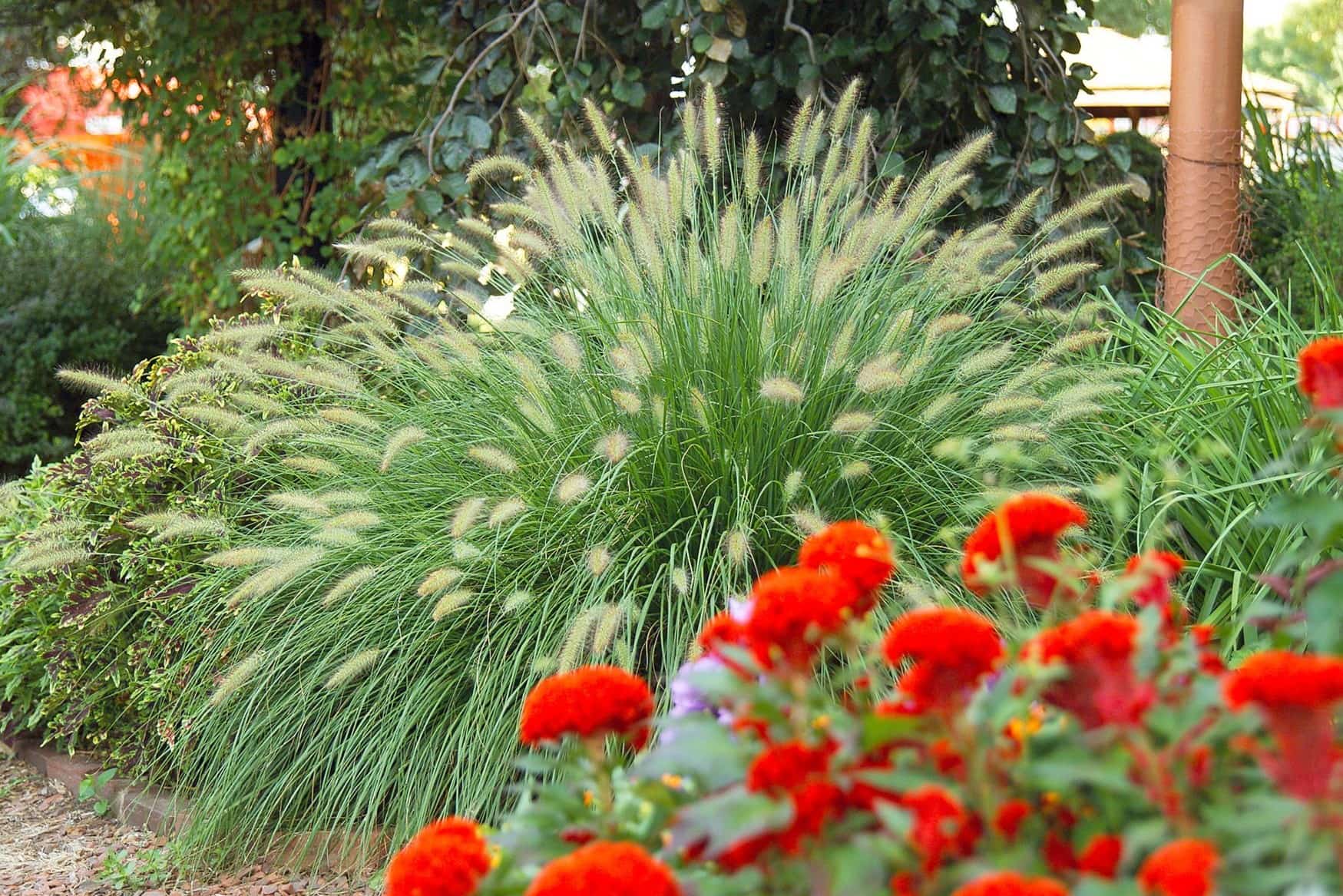

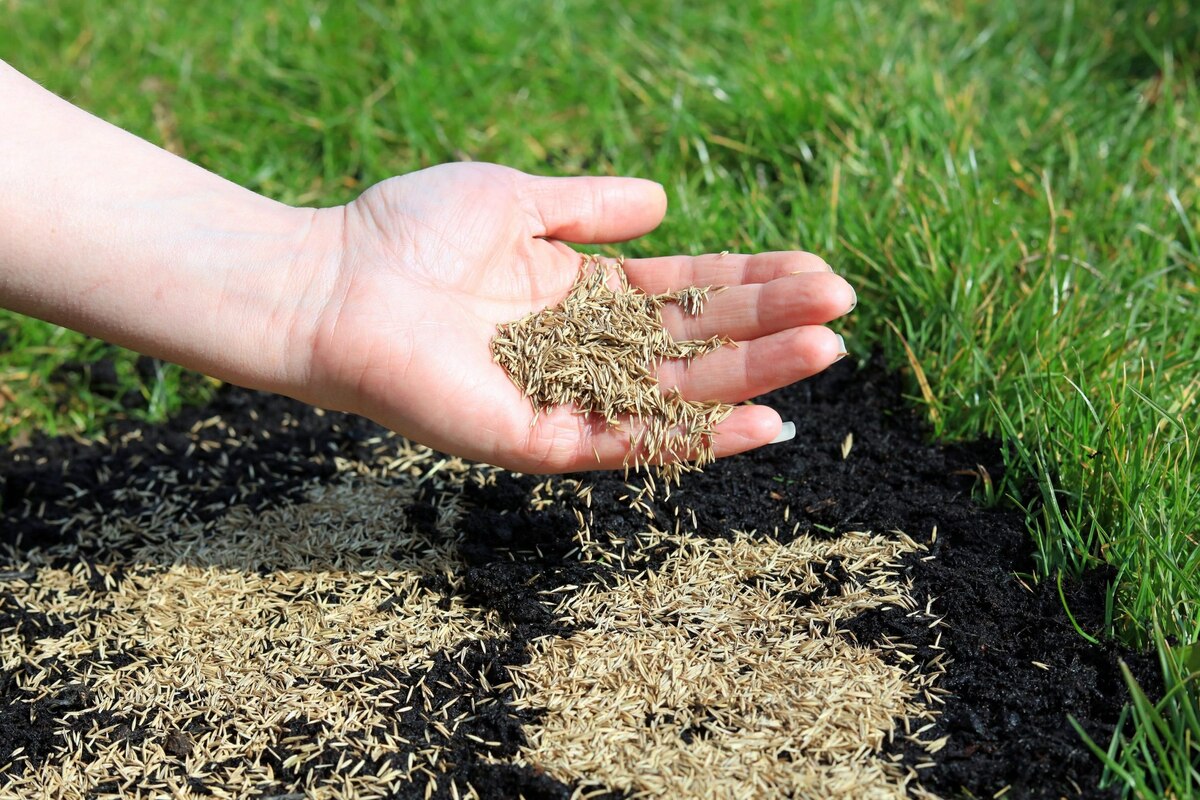

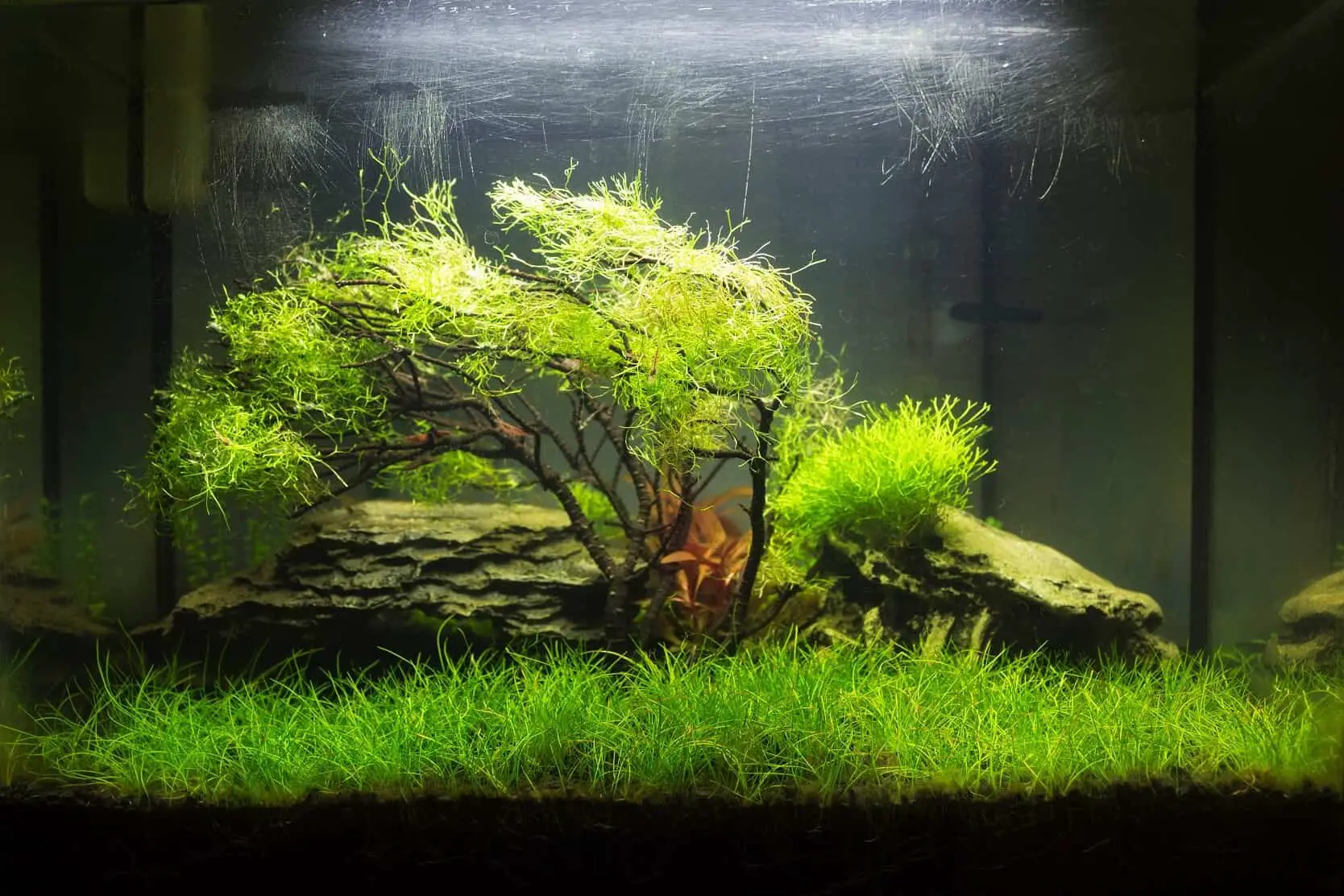
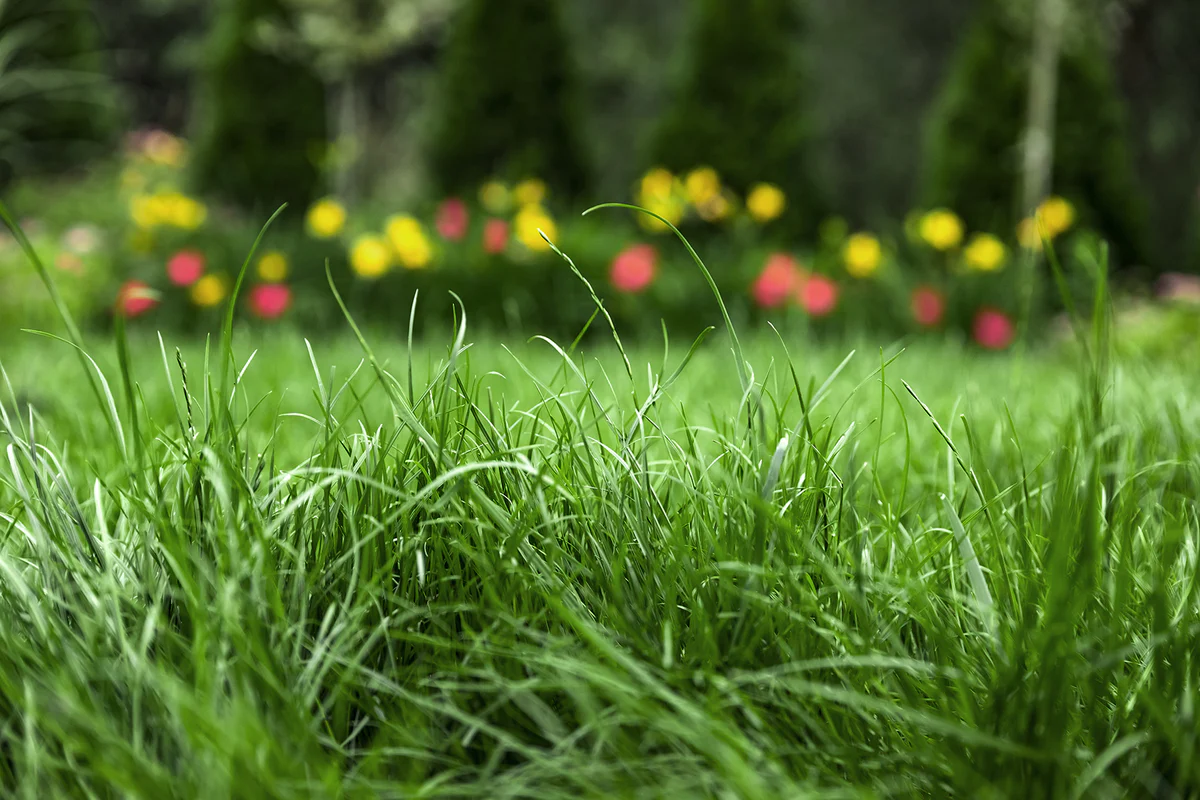
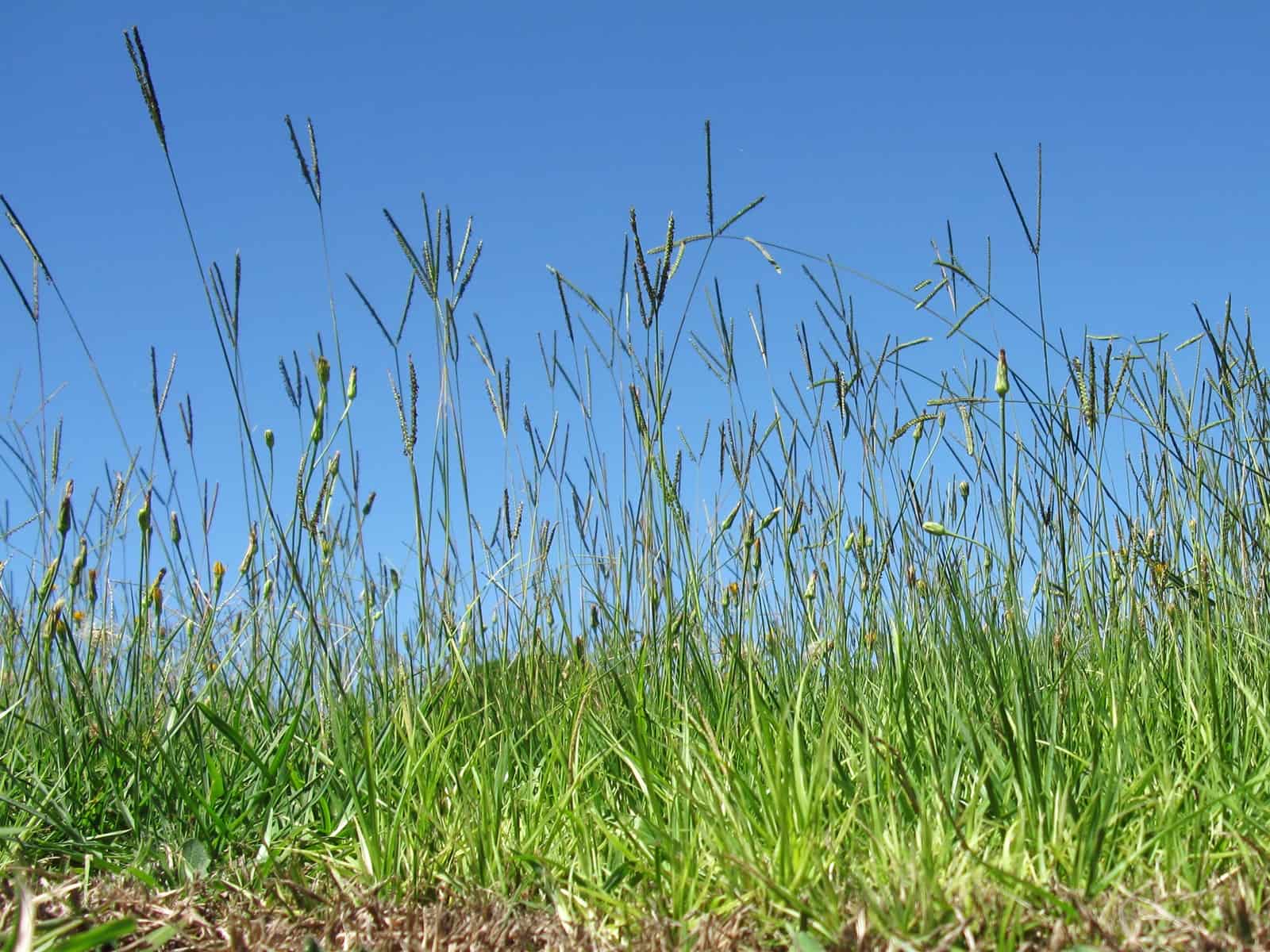
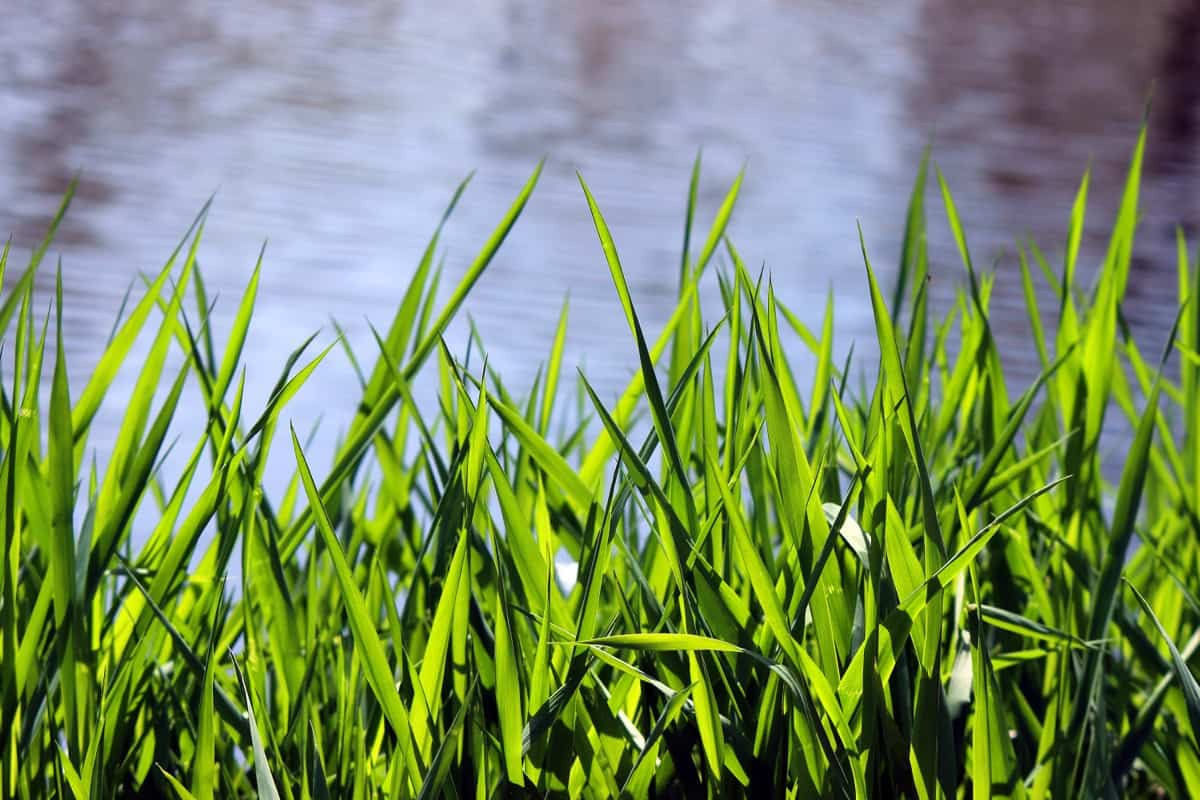
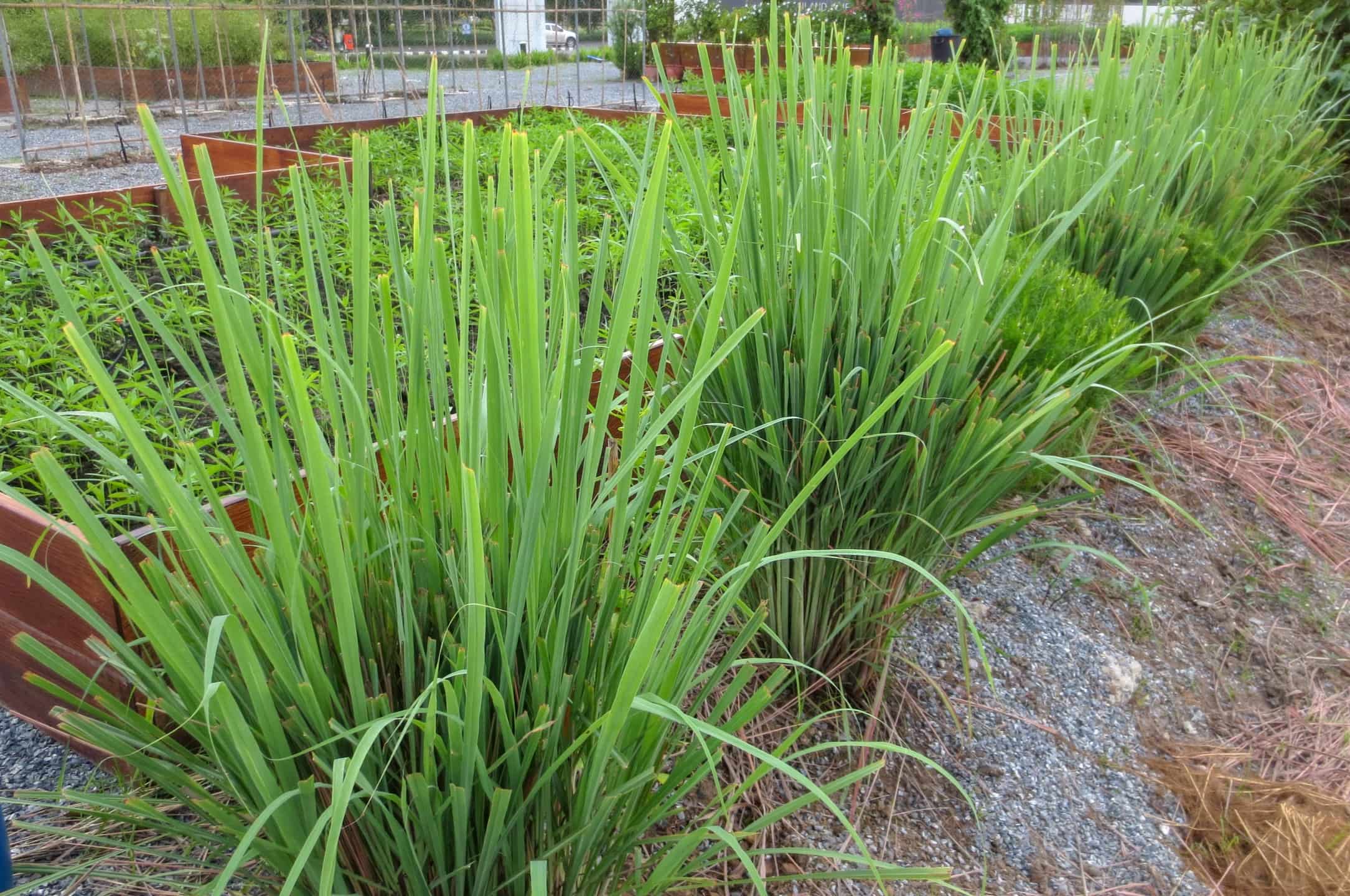

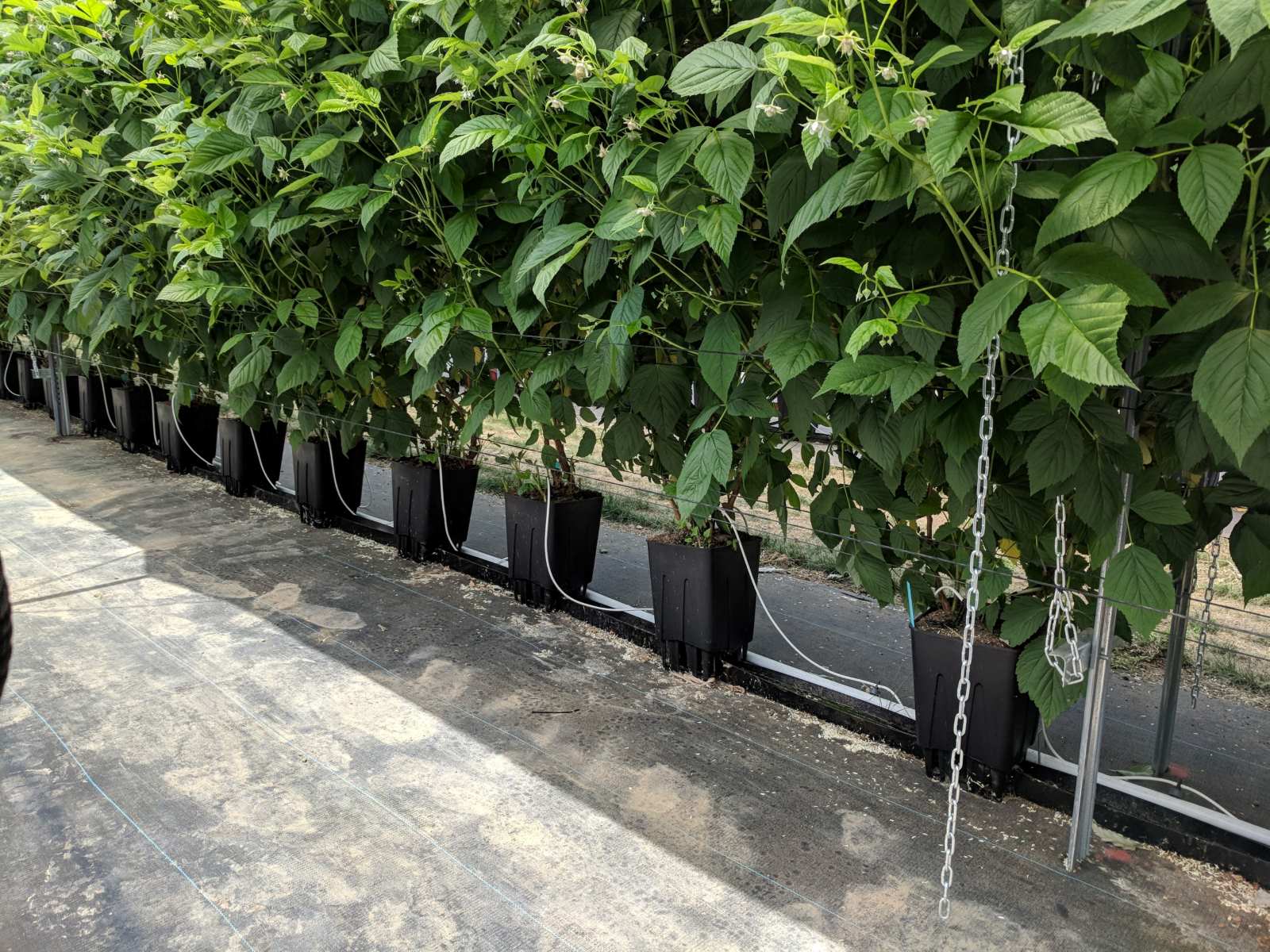
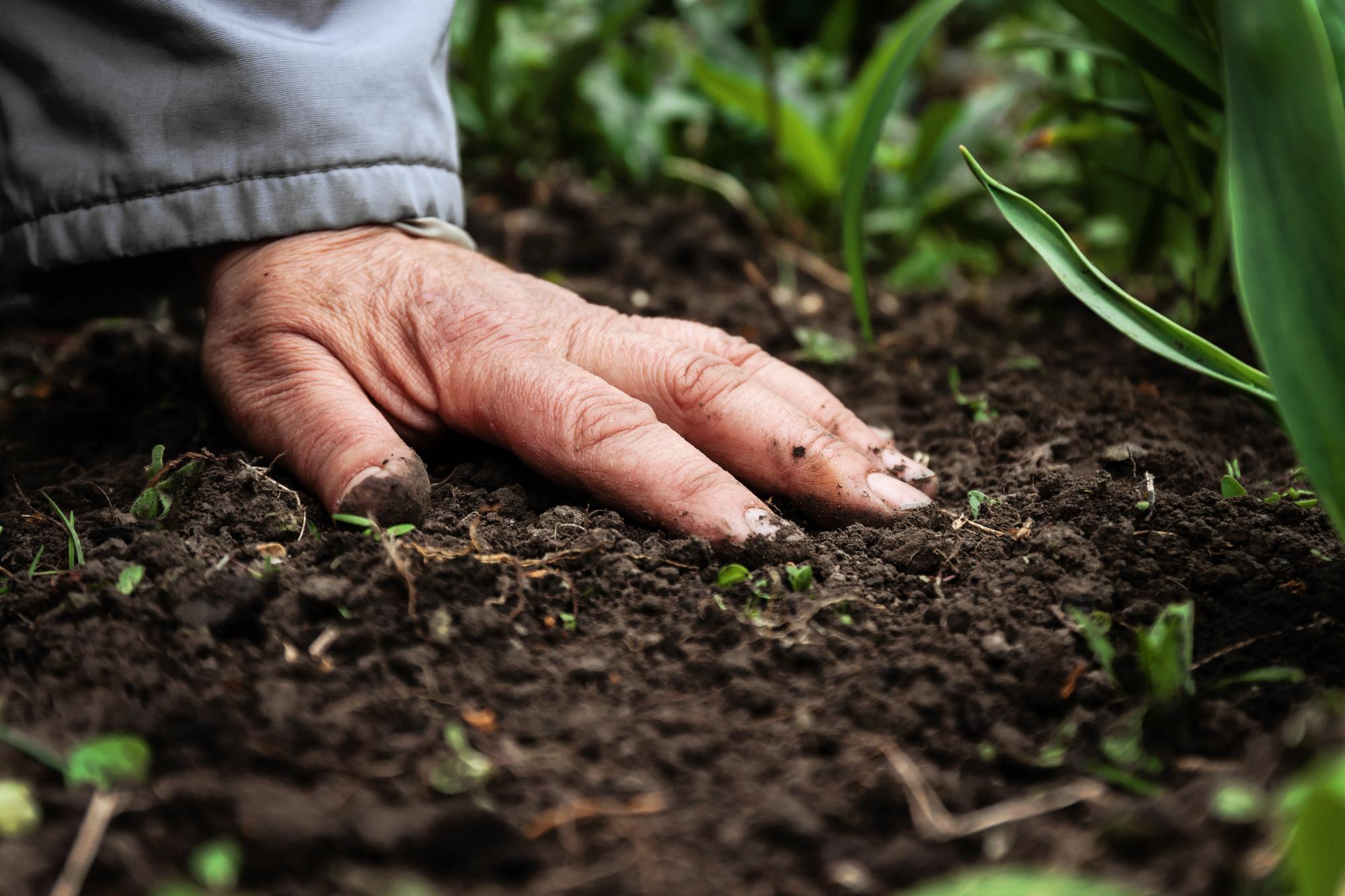

0 thoughts on “How To Plant Karl Foerster Grass”